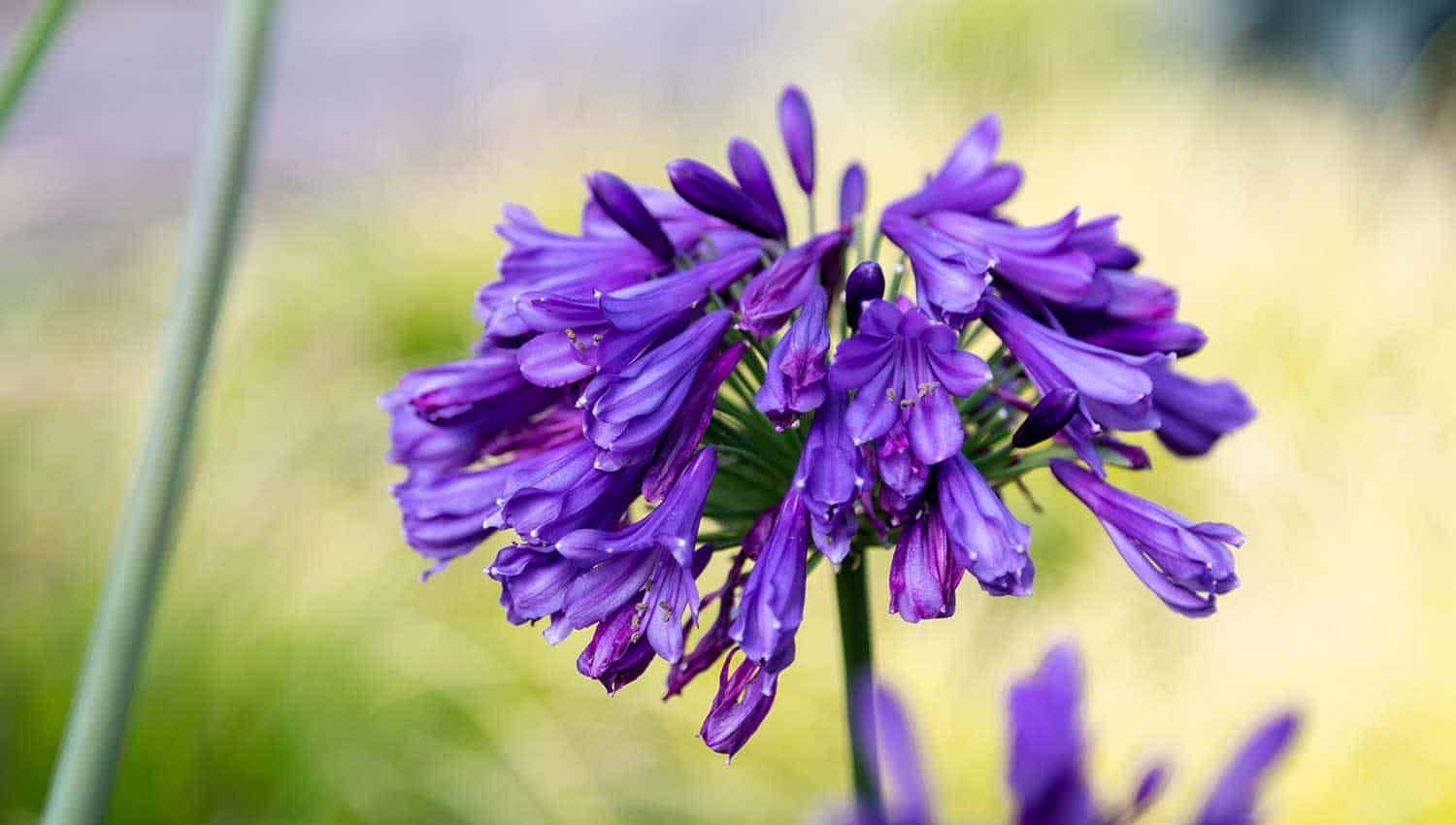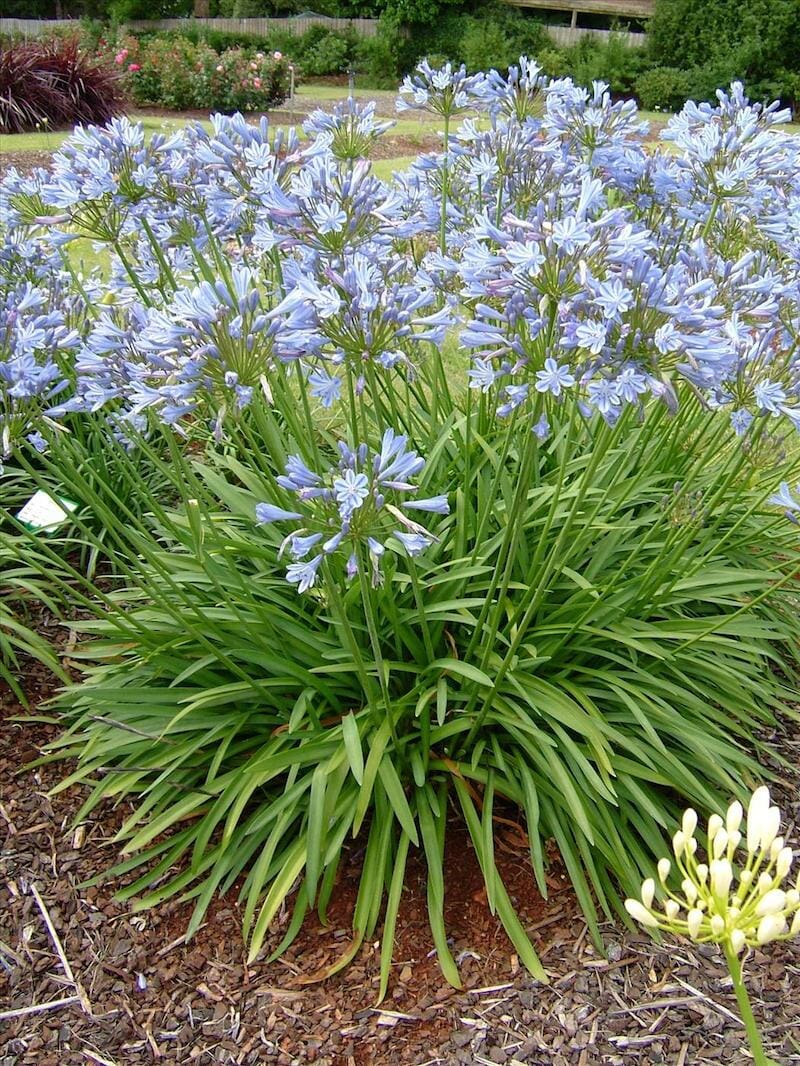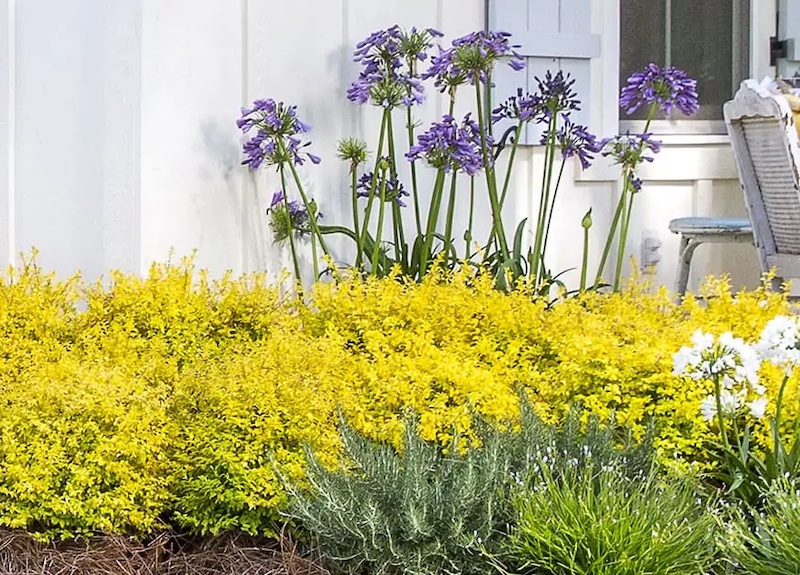Agapanthus Growing Conditions: Dirt, Sunshine, and Watering
Agapanthus Growing Conditions: Dirt, Sunshine, and Watering
Blog Article
Understanding the Art of Agapanthus Care: Important Actions for Healthy And Balanced Growth and Vivid Flowers
In the world of horticulture, the farming of agapanthus stands as a satisfying undertaking for those that seek to support these sophisticated blooming plants. From choosing the right selection to mastering trimming strategies, the trip towards cultivating prospering agapanthus plants is diverse and holds the crucial to opening the full potential of these organic treasures.

Selecting the Right Agapanthus Range

When picking the appropriate Agapanthus range for your garden, think about elements such as climate viability, flower shade, and development behavior. Furthermore, consider the environment in your region to ensure the Agapanthus variety you choose can flourish in your particular conditions. Understanding the development practice of different Agapanthus selections is essential for proper positioning within your yard.
Perfect Growing Problems
Taking into consideration the ideal ecological requirements is essential for successful Agapanthus growing. Agapanthus plants are sensitive to cool temperatures and should be secured from frost during winter season months.
To ensure healthy growth and vibrant blooms, plant Agapanthus bulbs at a depth of about 2-4 inches and space them 8-12 inches apart. Mulching around the base of the plants helps keep dampness and suppresses weed growth.
Watering and Fertilizing Tips
Maintaining proper moisture levels and providing important nutrients are essential elements in the care routine for Agapanthus plants. When it comes to sprinkling Agapanthus, it is important to strike a balance. These plants like continually wet soil but are prone to root rot if overwatered. During the expanding period, water deeply once a week, guaranteeing the soil is well-draining to stop waterlogging. In hotter climates or during periods of drought, more constant watering might be needed to maintain the dirt uniformly wet. Nevertheless, reduce watering in the wintertime to avoid waterlogged conditions.
Fertilizing Agapanthus is essential for advertising healthy and balanced growth and respected blooms. Use a balanced plant food, such as a 10-10-10 formula, in the early spring as brand-new growth arises. By adhering to these watering and fertilizing ideas, you can ensure your Agapanthus plants grow and produce dynamic, long-lasting blooms.
Pruning Techniques for Agapanthus
Pruning Agapanthus plants at the proper times and with proper methods is crucial for maintaining their health and advertising optimum growth and blooming. The ideal time to trim Agapanthus is in late winter months or very early springtime prior to brand-new development emerges.
For flowered stems, wait until the blooms have perished and afterwards cut them back to the base. This not just cleans up the plant's look but also motivates the growth of brand-new blossom buds. Deadheading spent flowers can additionally redirect the plant's power into generating even more blooms instead of setting seeds. However, if you intend to accumulate seeds for proliferation, leave some blossoms to fully grown and completely dry on the plant.
Bear in mind to make use of clean, sharp devices to make accurate cuts and reduce the risk of presenting conditions. Agapanthus. Routine pruning will assist keep your Agapanthus looking healthy and neat while making certain a more info here plentiful screen of gorgeous blooms
Managing Usual Bugs and Diseases
After ensuring appropriate trimming methods for Agapanthus, it is important to address typical bugs and conditions that can impact the health and wellness and vitality of these plants. Agapanthus plants are usually durable but can still succumb specific issues. One usual bug that impacts Agapanthus is the Agapanthus gall midget. This tiny, orange fly lays its eggs in the vegetation, leading to distorted growth and blossom buds that fail to open. To battle this insect, prune and destroy any kind of affected plant components and consider using insecticidal soap.
One more common issue is fungal fallen leave place, which presents as dark sores on the fallen leaves. To stop fungal diseases, guarantee good air flow around the plants, avoid above watering, and get rid of any contaminated fallen leaves promptly. Furthermore, Agapanthus plants can struggle with root rot if they are planted in improperly draining pipes soil. To avoid this, plant Agapanthus in well-draining soil and avoid overwatering. By being cautious and taking prompt action versus pests and conditions, you can assist your Agapanthus plants grow and produce vibrant blossoms.

Verdict
To conclude, grasping the art of agapanthus treatment involves picking the appropriate variety, supplying excellent growing conditions, proper watering and fertilizing, ideal trimming techniques, and dealing with typical insects and diseases. have a peek at these guys By adhering to these crucial actions, you can make certain healthy and balanced development and vivid flowers for your agapanthus plants. Bear in mind to regularly check and keep your plants to advertise their total health and durability.
To guarantee healthy growth and lively blooms, plant Agapanthus light bulbs at a deepness of concerning 2-4 inches and space them 8-12 inches apart. By adhering to these watering and feeding tips, you can ensure your Agapanthus plants grow and create dynamic, long-lasting blossoms.
One usual insect that influences Agapanthus is the Agapanthus gall midge. Website In addition, Agapanthus plants can experience from origin rot if they are planted in inadequately draining dirt. By following these crucial steps, you can make sure healthy and balanced growth and vivid flowers for your agapanthus plants.
Report this page